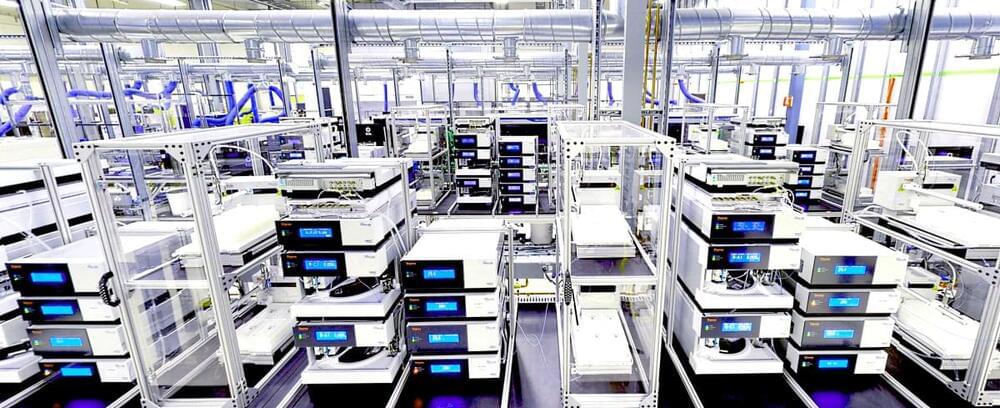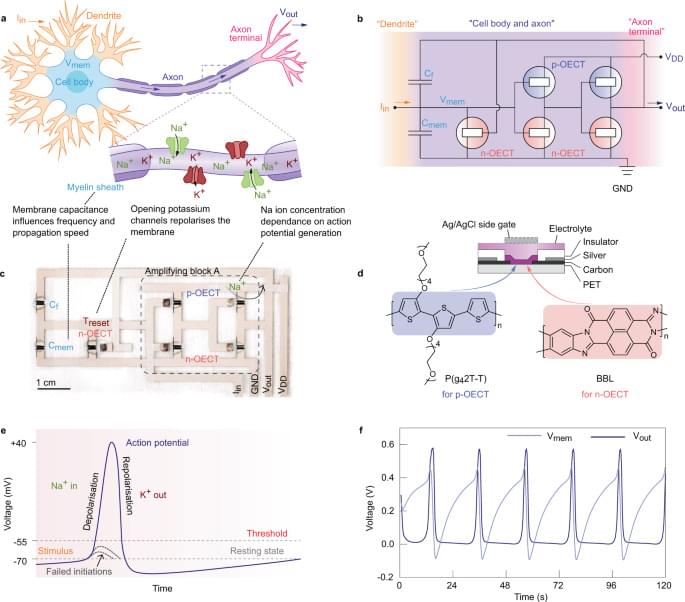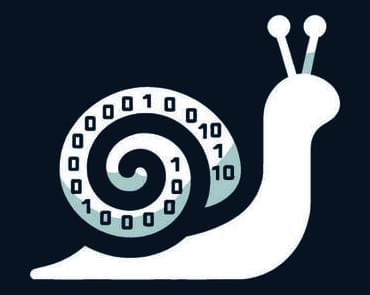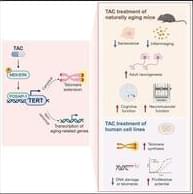
To help myself and others keep track of the fast-paced world of biotech, I have put together this list of 107 companies and notable research nonprofits! I wrote down some important facts about each entry as well as included links to their websites.
PDF version: List of Biotechnology Companies to Watch – by Logan Thrasher Collins
I created this list of organizations (107 total to date) to serve as a resource to help people learn about and keep track of key biotechnology companies. Some of these are emerging startups, some are established giants, and some provide useful services. Some notable nonprofit organizations are included as well. Though this list is far from comprehensive, I have tried to cover as many of the key players as possible. It is also important to realize that this landscape is constantly changing, so some of the information on this list will eventually transition into antiquity. The list was originally started over the course of 2021, updated during the summer of 2022, and updated again during the summer of 2024. I hope you enjoy delving into the exciting world of biotechnology!

















